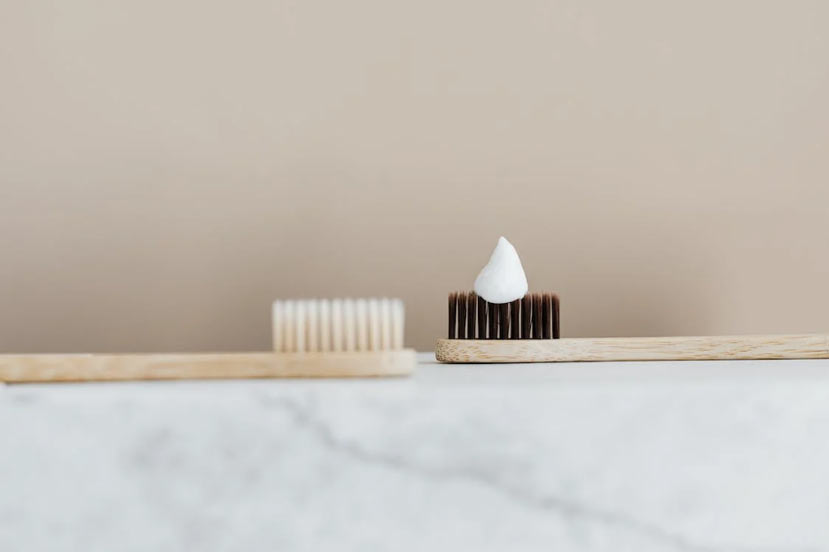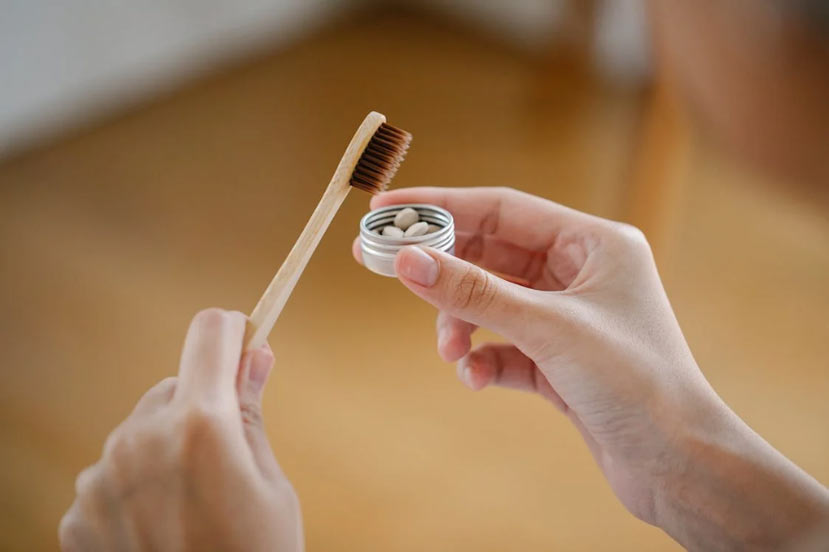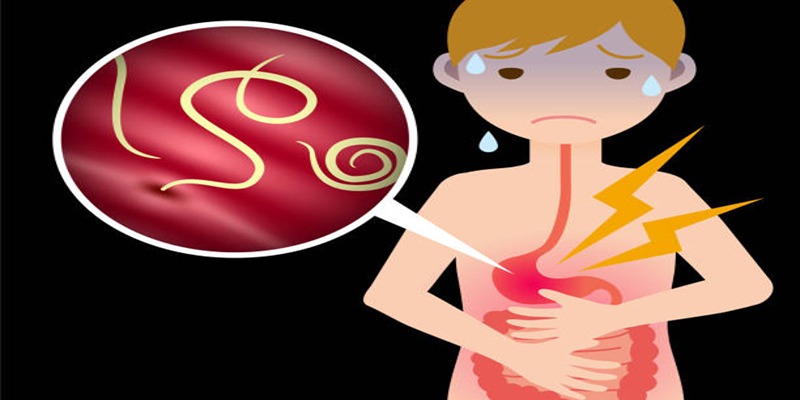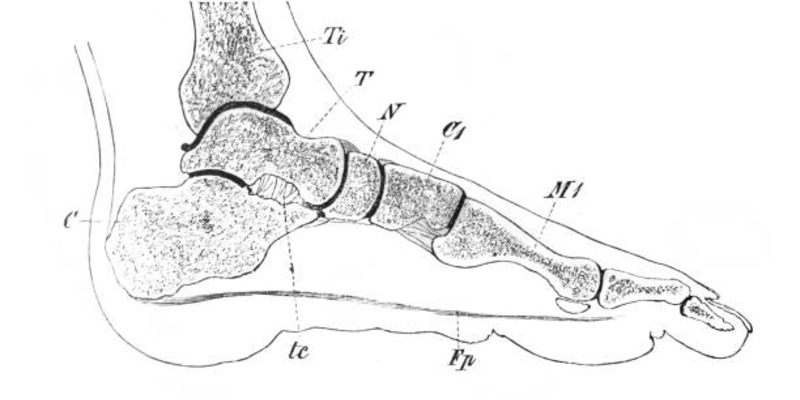The same pea-sized recommendation applies to ensure effective cleaning without wastage. Learn more about the uses of toothpaste.
Dec 23, 2023 By Madison Evans
We need toothpaste for everyday oral hygiene. Many manufacturers advertise the "best toothpaste," "hydroxyapatite toothpaste," and "whitening toothpaste," and that makes these options popular. But how do you know how much toothpaste should one use? This subject is often forgotten in this debate.
The Multifaceted Role of Toothpaste
Toothpaste is more than just a frothy substance we use during brushing. It serves a plethora of roles:
Removing Dental Plaque and Food Debris: Plaque is a soft, sticky film that houses millions of microorganisms. Plaque can cause cavities and gum disease if left untreated. Plaque is removed by toothpaste, cleaning our teeth properly.
Combatting Halitosis (Bad Breath): One of the primary reasons people face bad breath is due to the bacteria residing in their mouth. Toothpaste, especially those formulated with antimicrobial agents or baking soda, helps neutralize these odor-causing bacteria, leaving your mouth feeling and smelling fresh.
Delivery of Fluoride and Other Agents: Many toothpastes contain fluoride. Fluoride hardens tooth enamel, making it more resistant to acid attacks that cause cavities. Additionally, there are toothpastes with specialized agents for sensitivity relief, gum health improvement, or tartar control.
The Pea-Sized Recommendation: Why Less is More
While loading up your brush with toothpaste might be tempting, less can often be more. Most dentists stand by the guidance of using a pea-sized amount for adults. This quantity is sufficient to spread across all tooth surfaces without leading to excessive foam that might make brushing uncomfortable.
Even less is advised for children, especially those under three years—a smear or grain-sized dollop. The rationale behind this is to minimize the risk of fluoride ingestion. Young kids tend to swallow toothpaste, and excessive fluoride consumption can lead to dental fluorosis, where white spots or streaks appear on the teeth.
The Marketing Influence
Turn on the TV or scroll through online ads, and you'll likely come across a toothpaste commercial showcasing a toothbrush with a long, enticing swirl of toothpaste. While visually appealing, this portrayal is more a marketing strategy than an endorsement of the correct amount to use.
Due to their effect, advertisements have subconsciously convinced many that using more toothpaste will clean our teeth. It's not true. Overusing toothpaste won't necessarily lead to cleaner teeth but can result in wastage and if fluoride-based, potential health issues if ingested in large amounts.
The Different Types of Toothpastes

Hydroxyapatite Toothpaste
Among the latest buzzwords in oral care is hydroxyapatite toothpaste. Hydroxyapatite is found in teeth and bones, not simply in the laboratory. Hydroxyapatite, 97% of tooth enamel, helps maintain teeth strong and healthy.
Knowing this, toothpaste makers are studying the benefits of adding hydroxyapatite. The primary claim here is remineralization. Our enamel demineralizes as we eat and drink, especially acidic or sugary foods and beverages, making it susceptible to cavities. Hydroxyapatite toothpaste aids in replenishing lost minerals, thereby fortifying the enamel against bacterial acid attacks.
Whitening Toothpaste
We all desire a dazzling white smile, and whitening toothpaste promises to bring us a step closer to that aspiration. These toothpastes are formulated with mild abrasives or chemical agents designed to polish teeth or bind to dental stains, effectively removing or lightening them over time.
However, the allure of brighter teeth shouldn't tempt one into using more than the recommended amount. Excessive use can lead to dental abrasion due to the abrasive nature of some whitening agents. Once worn away, the enamel does not regenerate, leading to heightened tooth sensitivity or making teeth more prone to cavities. As with other types of toothpaste, sticking to the recommended pea-sized amount is best for both safety and efficacy.
Risks of Overusing Toothpaste

While toothpaste is a cornerstone in maintaining oral health, its overuse, especially with fluoridated varieties, comes with a list of potential pitfalls.
Fluorosis
One of the key ingredients in many toothpaste brands is fluoride, known for its cavity-fighting properties. However, its benefits come with a threshold.
Fluorosis is a condition that arises when young children ingest excessive fluoride as their permanent teeth are forming under the gums, which typically occurs before the age of eight. The consequence? The appearance of faint white lines, spots, or streaks on the teeth once they emerge. While primarily a cosmetic concern and not a disease, fluorosis can lead to self-consciousness, particularly if the markings are pronounced.
It's imperative to remember that fluorosis does not result from the fluoride found in drinking water or foods but mostly from swallowing toothpaste. Hence, monitoring a child's toothbrushing habits is crucial, ensuring they use the appropriate amount and are taught to spit out the toothpaste post-brushing.
Gastrointestinal Disturbances
Ingesting large quantities of toothpaste threatens teeth and can wreak havoc on one's gastrointestinal system. Stomachache, diarrhea, and constipation are common symptoms. Small doses may not cause symptoms, but frequent intake, especially in youngsters, might cause severe discomfort and require medical treatment.
Dental Abrasion
While "abrasive" might sound intimidating, not all abrasives are harmful. Many toothpastes contain mild abrasives to aid in removing plaque and surface stains. However, trouble arises when toothpaste with high abrasive levels, like some whitening variants, is used excessively.
This can cause dental abrasion, which wears away enamel. This makes teeth more prone to cavities and increases sensitivity, making hot or cold meals and drinks uncomfortable.
Tailoring Oral Hygiene Based on Needs
In today's market, where there's a toothpaste for every conceivable dental need, picking the "best toothpaste" can seem like navigating a maze. However, the key lies in understanding individual oral health requirements.
For the Sensitive Teeth
Tooth sensitivity can be a jarring experience. Those who wince with the bite of an ice cream or a sip of hot tea might need to explore desensitizing toothpastes. These products typically contain agents like potassium nitrate or strontium chloride, which work by blocking the tooth's response to painful stimuli.
For Bright Smile
For those yearning for a brighter smile, whitening toothpastes can be enticing. As discussed, these toothpastes employ mild abrasives or chemical agents that work to reduce or remove surface stains. While their allure is undeniable, users must be cautious to use them sparingly, avoiding potential enamel wear.
A Balancing Act
Regardless of the type of toothpaste one leans towards, balance and moderation are pivotal. The best toothpaste in the world used excessively, can bring about more harm than good. It's essential to remember that while toothpaste aids in cleaning, the technique of brushing, duration, and consistency in oral hygiene practices play a more significant role in ensuring dental health.
The Role of the Toothbrush
Your toothbrush plays a significant role, too. A toothbrush with a large head might require more toothpaste, but this isn't the case. The pea-sized rule still applies whether you use a manual or electric toothbrush.
A Final Note on Toothpaste Ingredients
It's always good practice to check the ingredients of your toothpaste. While hydroxyapatite and whitening toothpaste offer benefits, avoid hazardous substances. Some toothpaste contains irritants such as artificial sweeteners, synthetic colors, or sodium lauryl sulfate (SLS). However, equally crucial is understanding the right amount to use. Stick to the pea-sized rule, stay informed, and ensure your oral hygiene routine is safe and effective. Remember, more isn't always better.
-
 Nov 19, 2023
Nov 19, 2023Unveiling the Mystery: Key Signs and Symptoms of Stomach Cancer
This comprehensive guide offers vital knowledge about stomach cancer, highlighting its symptoms, the importance of early detection, prevention methods and treatment options.
-
 Jul 10, 2024
Jul 10, 20249 Delicious Salmon Stir-Fry Dishes for a Fast Protein-Packed Meal
Discover a variety of delectable salmon stir-fry recipes, perfect for quick and healthy meals. Enjoy diverse flavors and easy-to-make seafood dishes.
-
 Aug 02, 2024
Aug 02, 2024Natural Ways to Reduce Spider Veins
Discover natural remedies to effectively get rid of spider veins and improve your skin's appearance.
-
 Jan 21, 2024
Jan 21, 2024Comprehensive Guide to Plantar Fasciitis Treatment Options
Discover effective treatment options for plantar fasciitis, from at-home remedies to medical interventions. Understand the condition and improve your foot health.
